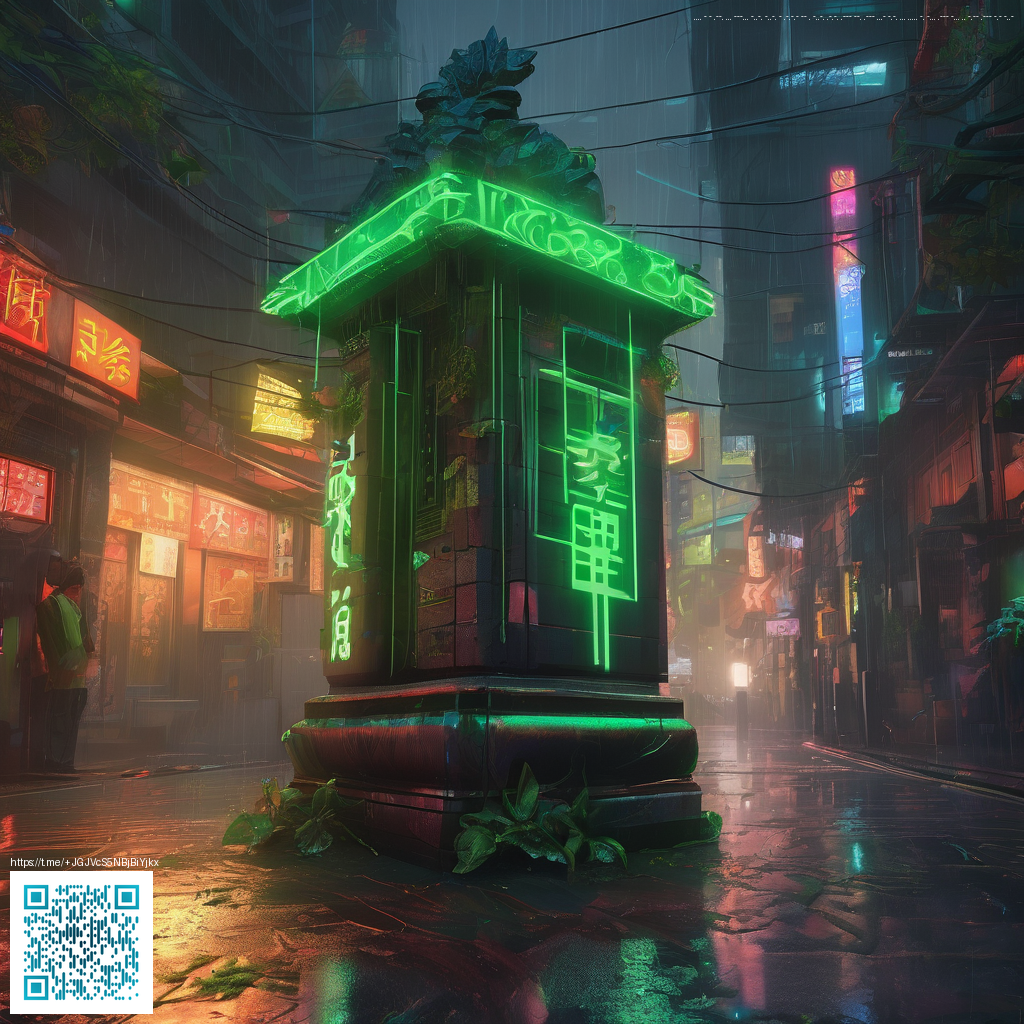
Visual Harmony in Gratitude Journal Printables
Designing printable gratitude journals is about more than aesthetics; it’s about guiding daily reflection with intention. A clean, inviting layout reduces cognitive load and makes users more likely to actually sit down and write. When you design with purpose, you create a tool that invites calm, concentration, and consistency. The trick is balancing structure with space for personal voice: a grid that feels orderly yet leaves room for spontaneous notes, doodles, or momentary inspirations. Choose typography that remains legible in dim light or on small devices, pair it with whitespace that breathes, and use gentle color cues to guide the eye without overwhelming the content.
One practical strategy is to start with a dependable grid and a restrained color palette. This foundation helps prompts, reflection lines, and encouragement quotes stay readable and approachable. If you’re experimenting with how to present journaling prompts alongside optional trackers or mood chips, a well-defined grid becomes your best ally. And for creators who relish personalization, consider templates that can be reprinted with seasonal accents or customized prompts—keeping the core layout steady while allowing distinct vibes for different months.
For readers who enjoy a little cross-pollination between products and paper, you’ll find that design sensibility often travels beyond ink on page. If you’re exploring broader customization ideas, you may find inspiration in items like the Neon Gaming Mouse Pad 9x7in Personalized Neoprene, which shows how a cohesive design language travels across formats. Explore this product to see how personalization can extend from printables to desk essentials.
Foundational layout elements
Before sketching pages, lock in a few anchors that keep every component readable and balanced:
- Date and day headers near the top, so journaling feels immediate and relevant.
- Prompts and reflection lines with generous line-height to welcome candid writing.
- Space for quick doodles or stickers to accommodate nonverbal expression.
- Color accents that guide the reader’s eye without competing with the text.
“Gratitude is a practice as much as a page design—simple, steady, and true to the reader’s voice.”
Creative layout ideas you can try
Here are layout concepts that balance form and function. Each idea can be adapted for different page sizes, print options, or digital export formats:
- Minimalist one-column layout with a spacious writing area and slim header bars to keep focus on content.
- Two-column layout pairing prompts on one side with a reflection or gratitude responses area on the other, ideal for parallel journaling.
- Token-grid design using small decorative tokens to mark moods, themes, or daily intentions.
- Seasonal color palettes that shift with the calendar while preserving a consistent typographic rhythm.
- Typography pairing where a friendly sans-serif leads prompts and a refined serif anchors reflections.
- Accessibility-minded improvements like high-contrast text and larger tap targets, ensuring usability on tablets and phones.
As you craft these layouts, keep print production realities in mind: margins, bleed, and color choices that print cleanly at home or through a service. When templates are shared in classes or workshops, a short note about design decisions helps others appreciate the craft behind the page.
For a related resource on design ideas and inspiration, you can reference the Horror Static page linked here: https://horror-static.zero-static.xyz/7548c0a6.html.